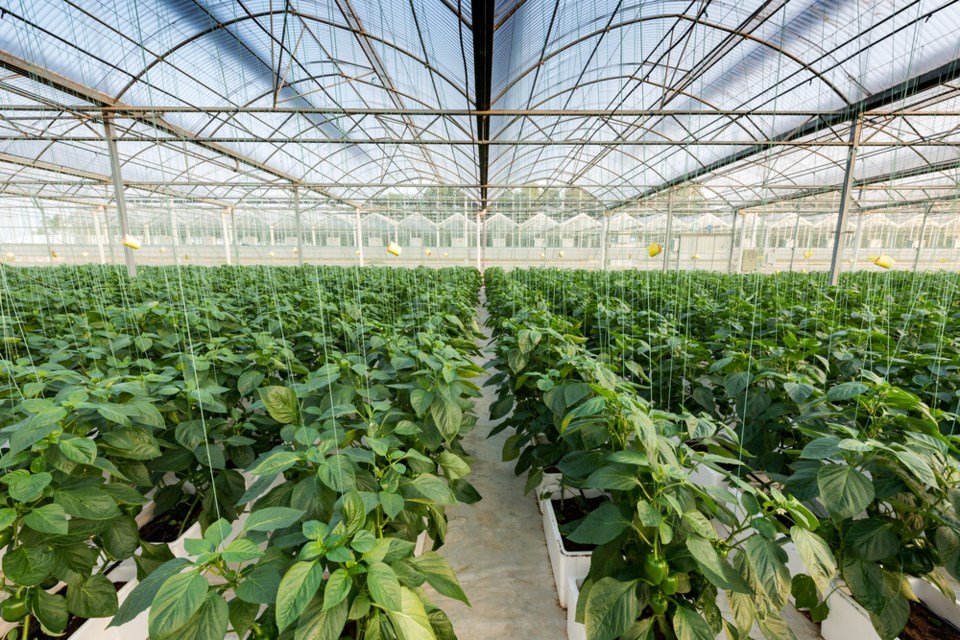Consumers and producers often ask why Saskatchewan can’t produce more of its own vegetables.
Given that a survey in 1996 showed Saskatchewan only produced seven per cent of in-season fresh vegetable consumption, compared with 33 per cent in Alberta and 57 per cent in Manitoba, that is a reasonable question.
Growing of trial plots in this province have shown many vegetable crops can be grown successfully – among them corn, carrots, cabbage, cucumbers, celery, broccoli, cauliflower, brussels sprouts, peppers, pumpkins and cantaloupe
The small but growing industry supplies mostly farmers’ markets even though supermarkets want more local produce.
Greenhouses offer another option, with year-round supplies possible. Increasing number of greenhouses have appeared in Saskatchewan over the last 20 years with most in the flower and bedding out plant category.
The 2017 Alberta Agriculture report on the economics of greenhouse crops perhaps indicates why greenhouse crops aren’t replacing vegetable imports.
Return on investment in the survey is not exactly spectacular: 4.5 per cent on cucumbers; 1.2 per cent on tomatoes; an 8.7 per cent loss on peppers; 4.3 per cent gain in flowers/bedding out plants; and 5.9 per cent on tree seedlings.
The returns help explain why 40 per cent of Alberta greenhouse space is devoted to flowers/bedding out plants with 13 per cent to tree seedlings.
Labour supply may hinder investment in greenhouses. Labour ranges between 18 per cent and 23 per cent of costs with natural gas between 10 per cent and 13 per cent of costs.
Ron Walter can be reached at [email protected]




